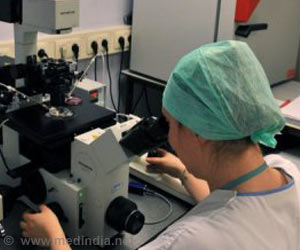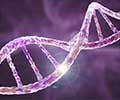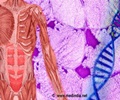Researchers explain how evolution has equipped our hands with five fingers.

‘Malformations during fetal development are not only due to mutations in the genes and may come from mutations in sequences of DNA known as regulatory sequences.’





The transition from fin to limb was not accomplished overnight. The fossil record indicates that our ancestors were polydactyl, meaning that they had more than five fingers, which raises another key question.One observation in particular caught the attention of Dr. Kmita's team "During development, in mice and humans, the hoxa11 and hoxa13 genes are activated in separate domains of the limb bud, while in fish, these genes are activated in overlapping domains of the developing fin," said Marie Kmita, Director of the Institut de recherches cliniques de Montréal'S Genetics and Development research unit and Associate Research Professor in the Department of Medicine at the Université de Montréal.
In trying to understand the significance of this difference, Yacine Kherdjemil demonstrated that by reproducing the fish-type regulation for the hoxa11 gene, mice develop up to seven digits per paw, i.e., a return to ancestral status.
Dr. Marie Kmita's team also discovered the sequence of DNA responsible for the transition between fish- and mouse-type regulation for the hoxa11 gene. "It suggests that this major morphological change did not occur through the acquisition of new genes but by simply modifying their activities," added Dr. Marie Kmita.
From a clinical point of view, this discovery reinforces the notion that malformations during fetal development are not only due to mutations in the genes and may come from mutations in sequences of DNA known as regulatory sequences. "At present, technical constraints do not allow for identifying this type of mutation directly in patients, hence the importance of basic research using animal models", said Marie Kmita.
Advertisement
Source-Medindia















